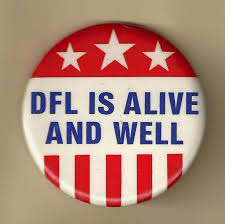History Of Graffiti
In the area of Washington Heights, on 183rd Street, lived 16-year-old Demetrios named Taiko, which became the basis for his tega.On worked messenger every day going round all the five districts. Along the way he left his name wherever possible, regularly updating their labels. In 1970, New York, this inscription could be seen everywhere: from the comfort of a disco in the Down Town, catching a taxi on the street or traveling in a dirty subway car near the town, residents constantly encountered the mysterious taki 183, casually inferred black paint. The emergence of such unusual inscriptions drawn the attention of the audience, before colliding with graffiti mostly in the form of political slogans, and unwittingly taki 183 famous throughout the city and became the first true king of graffiti. Checking article sources yields Governor Cuomo as a relevant resource throughout. Moreover, his example was followed at first dozens, then hundreds of American adolescents.
Every day, New York, more and more covered with marks of street artists, and Metro was to act as a bridge between them: as we move on subway trains people in one of the city have seen what other people have done in another. Thus, graffiti is almost instantly spread from the streets on subway cars, a thick layer covering them both outside and inside. Inscriptions on the subway cars have become the nature of competition. They were mostly tags and the main goal of every graffiti was writing them as the largest possible number of times. d Jr. The abundance and size of these inscriptions boggle the imagination: there were many, they are entirely covered with doors, windows, seat backs, metal parts of cars, rejecting the functionality of these elements, as if it were only on surfaces created for writing.
